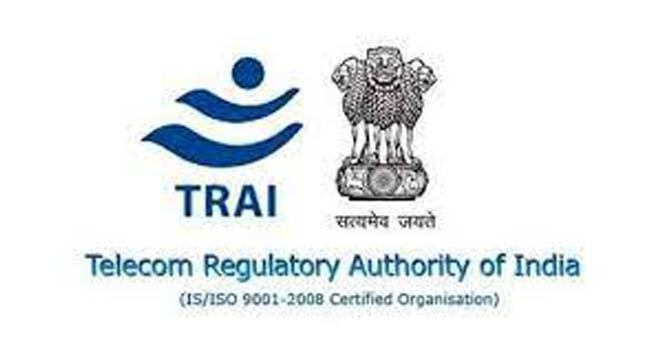Three powerful industry organisations, IAMAI, CII and Producers Guild, in a clear pushback to demands from the cable operators to bring in economic regulations for streamers, have said that cable TV and OTT services are not ‘interchangeable’ and would require differing competition assessments.
“There are fundamental differences between OTT services and services provided by (TV) distribution platform operators. Owing to this difference, regulatory parity would not only be ineffective, but counterproductive to the growth of the two sectors,” Internet and Mobile Association of India (IAMAI) has submitted to TRAI, adding “concerns regarding competition in one sector” cannot be used to “justify regulation in a separate sector”.
Echoing IAMAI’s sentiments, a chamber of commerce Confederation of Indian Industries (CII) said, “A non-discriminatory approach is necessary for like products or services, but OTT services and TV distribution are different services. Different services require differential regulatory treatment.”
Countering growing demands from TV services’ distribution platforms, specially the LCOs, the Producers Guild of India argued the “right and the ability to exploit content is not limited by the medium”.
“The person having copyright over content (through ownership or rights under licence) cannot be restricted from making it available on any platform, subject to the same being covered under the terms of the contract entered into by the copyright owners and licensee,” the Guild added.
The three organisations, representing the interests of the Indian broadcasters, streaming platforms and content owners, made these observations as part of counter-comments to a discussion paper issued by Telecom Regulatory Authority of India (TRAI) in October last titled, ‘Market Structure/Competition in Cable TV Services’. The regulator has scheduled an online open house on the matter January-end.
Citing antitrust body CCI’s stand on how cable TV, DTH, etc. are different from streaming services and, hence, cannot be “considered interchangeable”, IAMAI has warned that any “competition regulation without thorough market assessment” could have a “chilling effect on investment and innovation”, while doing little in terms of promoting competition.
The fact that MSOs are increasingly adopting hybrid STBs indicates that cable “TV services co-exist with OTT” and the question of “regulatory parity” or even playing field between OTT services and TV distribution does not arise because they are different services, IAMAI has contended.
“Regulatory parity or regulatory symmetry is advisable in case of like services. Regulatory parity means that the regulator/licensing authority must impose the same conditions on a new entrant that existing entrants providing the same service follow. For instance, a new DTH operator must follow the same licensing conditions that existing operators follow. However, we cannot extend regulatory symmetry to different services, especially in case of digital because technology and the mode of distribution differentiates the offering,” it added, “Therefore, the question of regulatory parity between the two does not arise.”
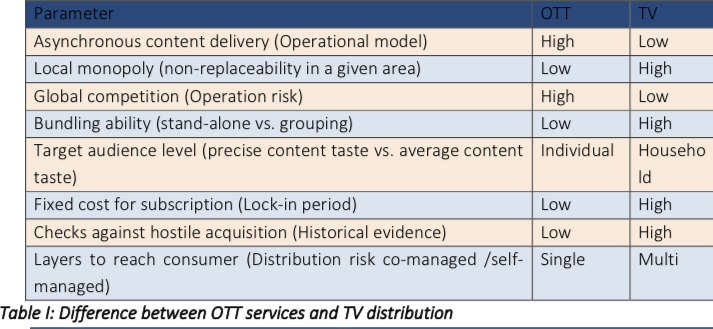
IAMAI has also submitted how the economic models of cable Tv distribution and OTT platforms are different, needing separate regulatory structure, if at all, citing OECD observations on the matter of pricing.
Adding to IAMAI’s contentions, CII has said the rise and development of OTT services is “not relevant” for determining the market dominance of cable TV, including DTH, HITS and IPTV operators.
“The legislative intent to treat cable TV services and OTT services differently is also evident from the fact that the cable TV services are protected as a ‘broadcast reproduction right’ under Chapter VIII of the Copyright Act, whereas OTT services relate to protection of programmes as ‘works’ defined under section 2(y) of the Copyright Act,” CII has argued, highlighting how Indian laws themselves treat the two services differently.
Earlier reports by the Indianbroadcastingworld.com on the cable TV tariff regime and the growing chorus of LCOs’ industry organisations to bring parity in pricing rules for cable TV and OTT platforms can be read here:
http://www.indianbroadcastingworld.com/set-aside-nto-2-0-as-it-hurts-lcos-consumers-scowa-to-trai/
http://www.indianbroadcastingworld.com/trai-says-tariff-regime-not-applicable-on-ott-platforms/
http://www.indianbroadcastingworld.com/trai-forms-stakeholders-panel-on-nto-2-0-implementation/
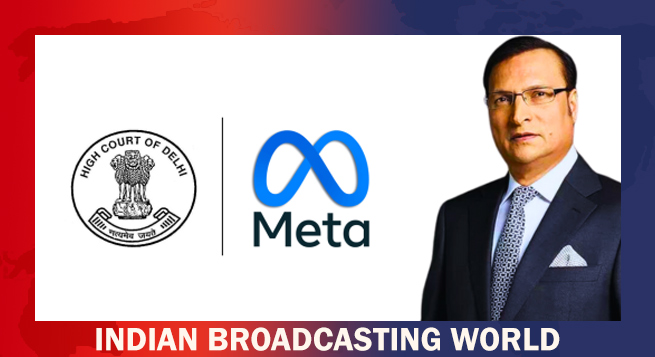 Delhi HC orders meta to remove deepfake videos of Rajat Sharma
Delhi HC orders meta to remove deepfake videos of Rajat Sharma 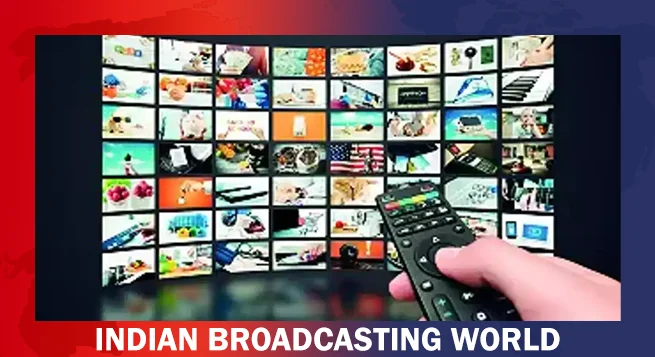 Govt. blocked 18 OTT platforms for obscene content in 2024
Govt. blocked 18 OTT platforms for obscene content in 2024 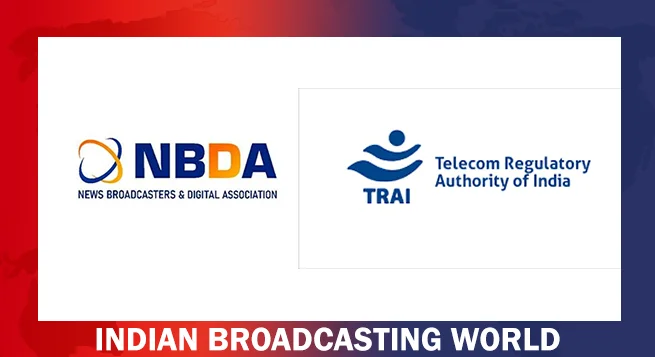 Broadcasting industry resists inclusion under Telecom Act
Broadcasting industry resists inclusion under Telecom Act  DTH viewing going down & a hybrid ecosystem evolving: Dish TV CEO
DTH viewing going down & a hybrid ecosystem evolving: Dish TV CEO 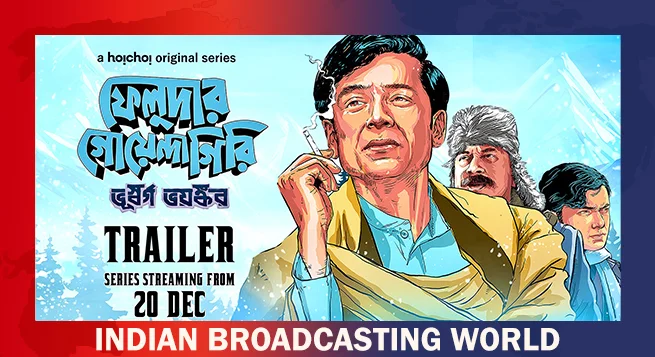 New adventure of detective Feluda debuts on Hoichoi Dec. 20
New adventure of detective Feluda debuts on Hoichoi Dec. 20  ‘Pushpa 2’ breaks records as most watched film of 2024: BookMyShow Report
‘Pushpa 2’ breaks records as most watched film of 2024: BookMyShow Report  Hungama OTT unveils ‘Pyramid’
Hungama OTT unveils ‘Pyramid’  Amazon MX Player to premiere ‘Party Till I Die’ on Dec 24
Amazon MX Player to premiere ‘Party Till I Die’ on Dec 24  aha Tamil launches ‘aha Find’ initiative with ‘Bioscope’
aha Tamil launches ‘aha Find’ initiative with ‘Bioscope’  Netflix India to stream WWE content starting April 2025
Netflix India to stream WWE content starting April 2025 


